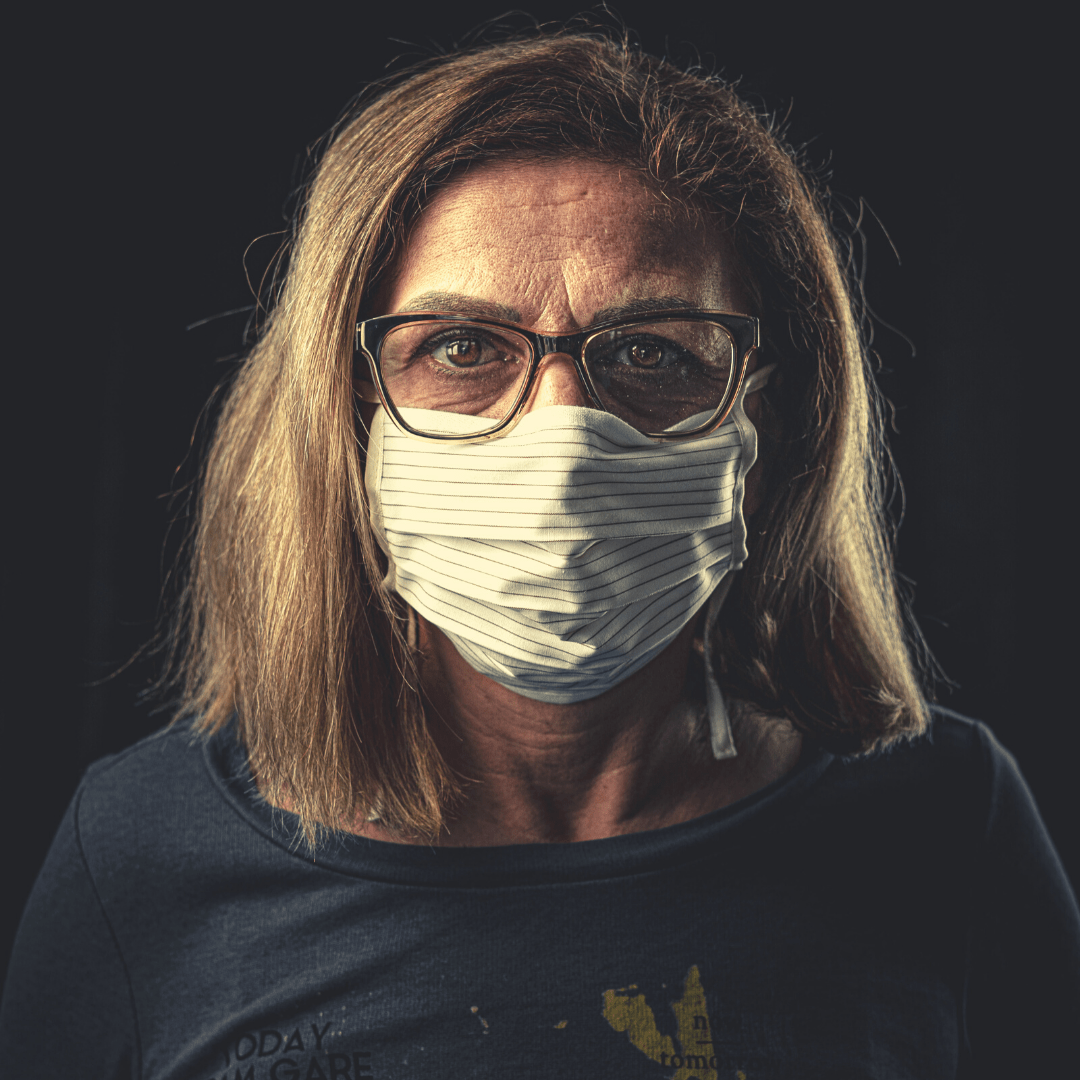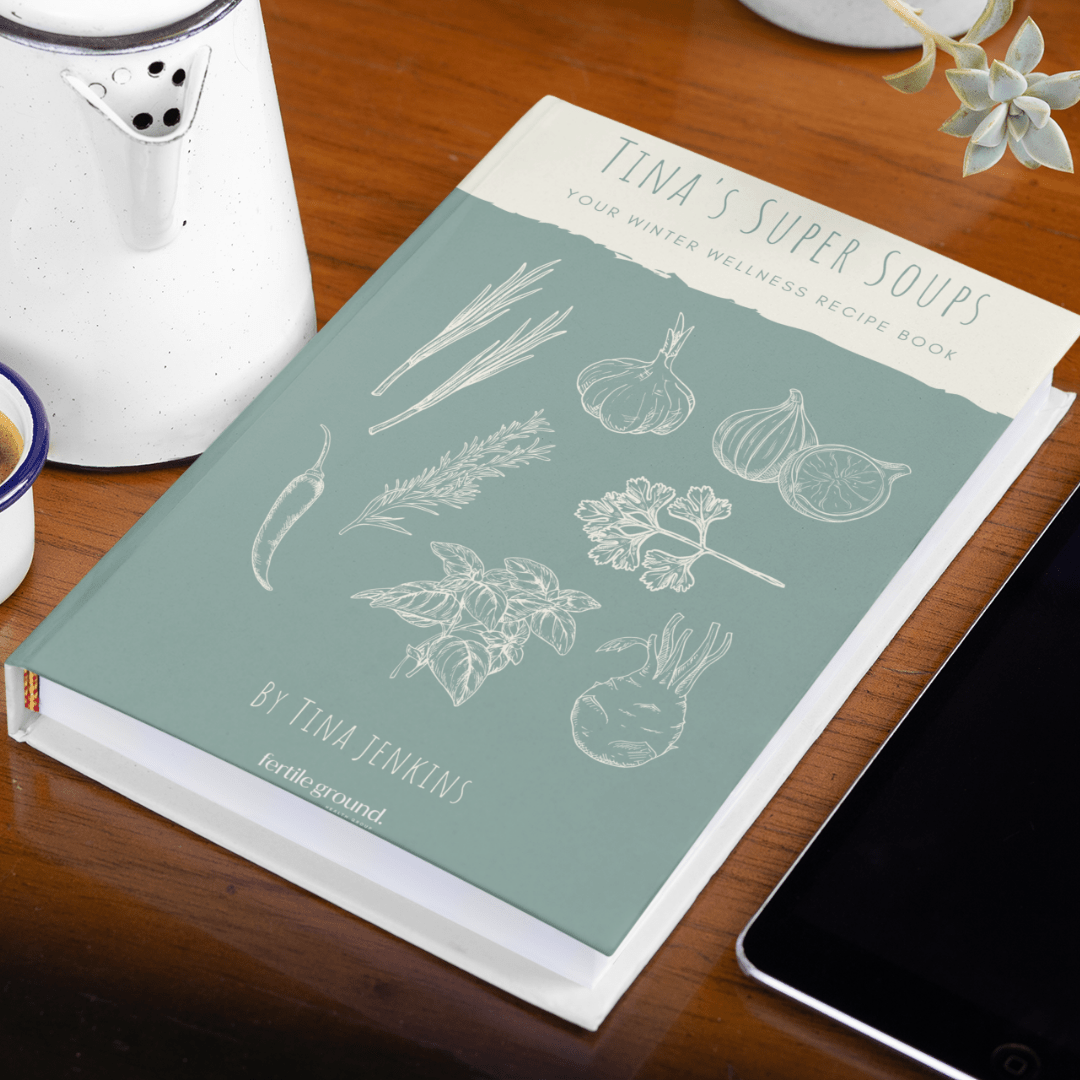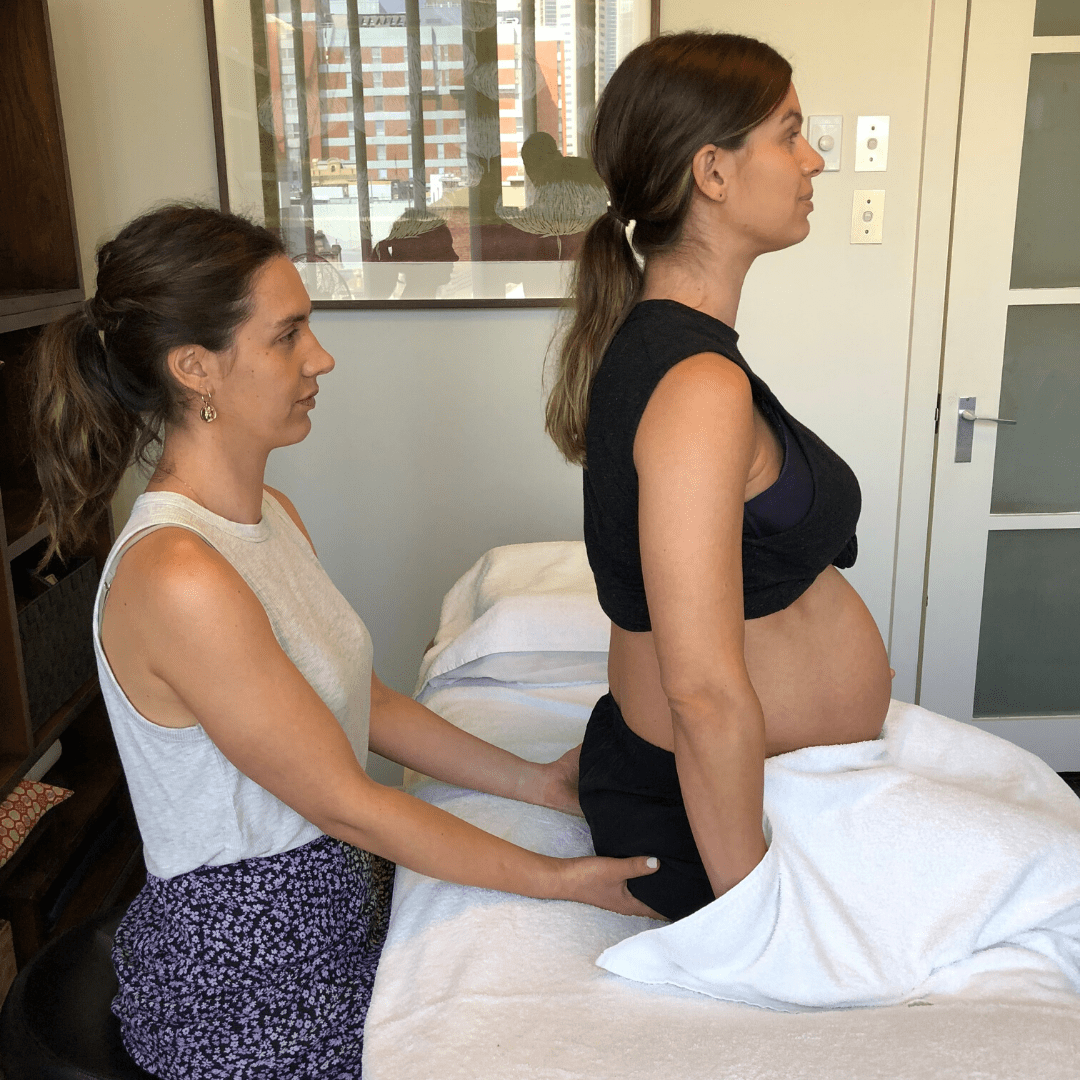
It’s time to rebuild a healthier world, starting with ourselves.
Sometimes it can feel overwhelming to be confronted by the magnitude of change needed to set the entire world on a healthier trajectory. It can feel quite out of our control and way bigger than ourselves and our choices – if we let it. But what if we all changed just a few of our daily habits – would this make a significant contribution to creating an even better world than before?
Here at Fertile Ground and The Melbourne Apothecary – we think so.
I’m writing to you today to share some of the simple, powerful actions that we are taking on a daily basis at Fertile Ground and The Melbourne Apothecary to contribute to the whole. We’re always on a mission to change the way we do things around here for the better, so that we are actively and consciously rebuilding our healthy world with even more momentum.
A healthier world means healthier plants and animals, healthier people, healthier choices, healthier water, healthier food, healthier minds, healthy hearts and connections.
We believe that every single system on this planet is intimately entwined with every other system – we all rely on each other. Right now the world is out of balance, unhealthy. We believe that a snowball of people taking positive and achievable daily actions towards healthy change personally and interpersonally can make a significant difference locally and globally.
- We hope you feel good knowing that you’re using products and services from a team of people who are striving to make the world and its people healthier.
- We hope that you LOVE the actions we are taking in our clinic and choose to feel inspired to take similar actions in your own life, home or place of work.
- We hope that you feel moved enough by the wake-up call this crisis is giving us to go even another step further and inspire others to make healthier changes too.
What will you do with your daily power? Here’s what we’re doing with ours.
We’ve taken the phrase, ‘cleaning up our own backyard’, and applied it to an array of ways we do things in the clinic on a daily basis. By no means are we the be all and end all of gold star ecological magnificence, but we are dedicated to consistent improvement and actively pursuing more and more ways to create a more environmentally friendly clinic.
Our current daily power actions (at least the first 20 we could think of!)
- We have moved our clinic banking to Bank Australia so that our funds support ethical causes in the world. The money in Bank Australia is never loaned to industries that do harm, such as coal, nuclear weapons, gambling, tobacco, or live animal export. They’re a carbon neutral business and offset the carbon emissions of all their car loans. Bank Australia also give 4% of their after-tax profit to projects that help people and the planet.
- Our stationery is printed on 100% recycled paper.
- We have moved a large amount of our practitioner clinical activity online as we move towards being paper-free.
- We use biodegradable and reusable ‘hero’ bags to post all of our prescriptions to patients – once received they can reuse the bag with a fancy inbuilt extra sticky strip. Hero bags are great!
- We use biodegradable bubble wrap, as well as recycled delivery boxes plus reuse the delivery material (bubble wrap) to encase delicate products that we ship to you in the post.
- We upcycle our product delivery boxes (and biodegradable potato starch packing pellets) to a local potter so Tara can ship her art, and to a local indoor plant specialist to help Hanora deliver her plants, and to anyone moving house (via the local Facebook Good Karma networks).
- For mass paper hand towel use due to COVID – we have 100% recycled biodegradable paper hand towels in all sinks and rooms.
- We are using and selling face hand-made cotton face masks made by a Tibetan refugee friend of Fiona Harrison (our wonderful massage therapists/doula) and Jo Sharkey’s mum (Jo is one of our fabulous acupuncturists).
- We use only Who Gives A Crap toilet paper throughout the clinic.
- We use biodegradable biobags for all our bins, which are separated into recycling and non-recycling.
- We separate soft plastics that we deposit to the soft plastic recycling depot at any Woolworths or Coles via RedCycle.
- We are growing indoor plants in every room to purify the air, improve focus and creativity and bring some nature indoors.
- We have a worm farm from Ceres in which we put organic scraps and then use the worm juice and compost for our courtyard garden – check out The Compost Revolution for awesome discounts via your council too.
- We grow organic vegetables and bee attracting flowers in our courtyard garden, and have a bee and insect house on the wall from Bunnings we are hoping will populate this spring.
- We use bulk refills for our dishwashing liquid, laundry powder and soap throughout the clinic, our sanitiser and our COVID disinfectant spray, to reuse all the plastic squirt pumps instead of throwing them out and using more.
- We use eco-friendly low tox dishwashing machine powder, bought in bulk, and dishwashing liquid, also bought in bulk from the fabulous Building Biologist Nicole Bijlsma, creator of Abode cleaning products.
- We encourage our patients to eat chemical-free and organic produce as much as possible and endeavour to do this ourselves as well.
- We have built-in twin-undersink water filters in the dispensary and kitchen as well as Zazen drinking and shower water filters – there are no bottles of water here. If you’re interested to get a Zazen filter be sure to email one of our practitioners – Carly Woods – as she has access to them for a cheaper price. Email carly@fertileground.com.au.
- Many of our practitioners choose to cycle or walk to work – which we heartily support and love.
- We walk or cycle our daily prescription postage to the local Australia Post branch.
Phew! That’s A LOT of positive action! And I am sure there is more I could think of if I had more time.
There are many more ways we can improve our action taking for a healthier earth and we are on a mission to do better. If you see something you think we could do better, we are always open to your feedback and welcome your fresh eyes and insight.
If you’re a part of Fertile Ground or The Melbourne Apothecary in any way, or even if you’ve just stumbled across us and landed here reading this – we’re grateful. We’re grateful that you’ve taken steps, whether large or small, to integrate even more holistic care into your life. As you take proactive steps like this to nourish yourself, your family and the planet so too will your action inspire others. Healthy people make healthy decisions. What a beautiful world we can create together. Thank you.






